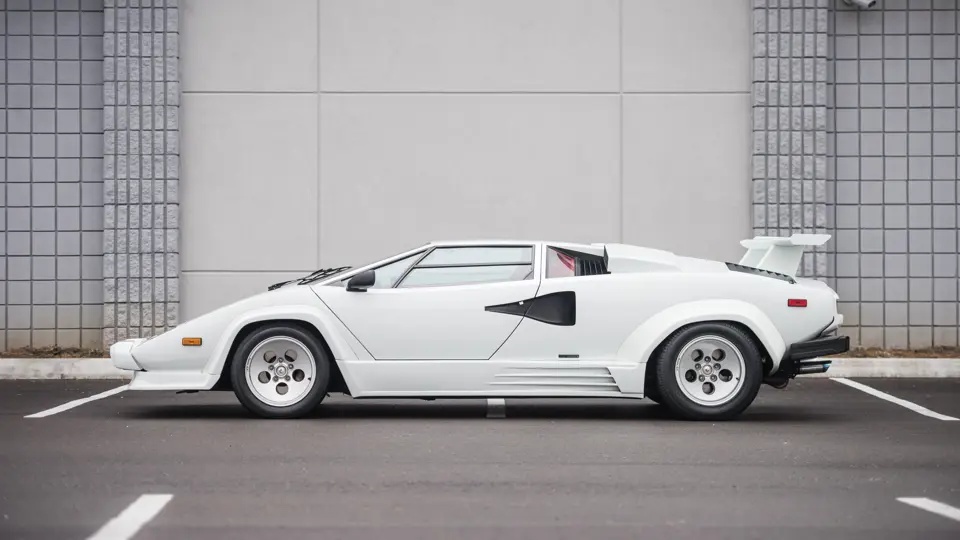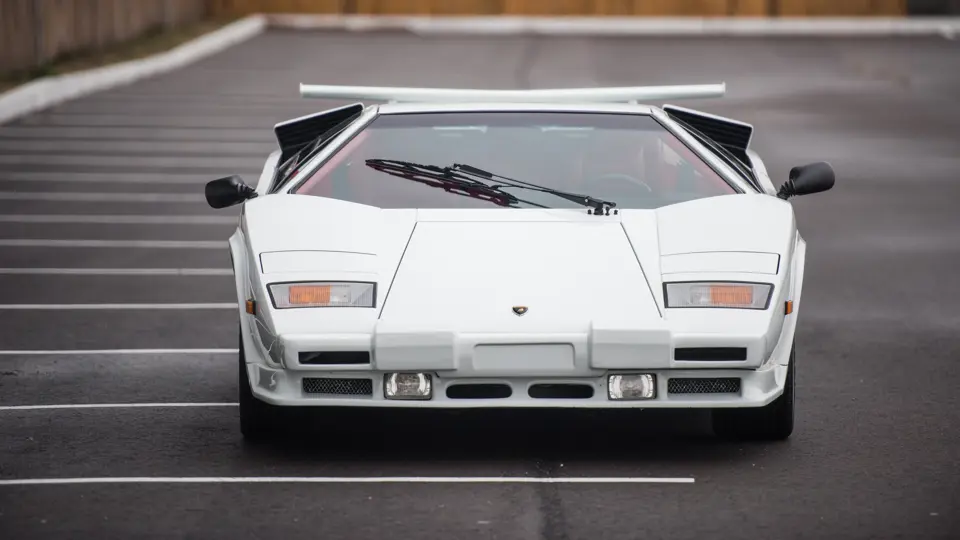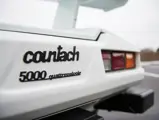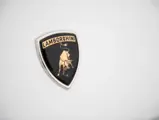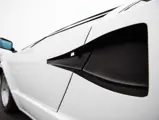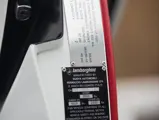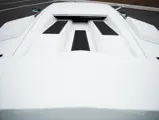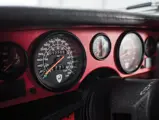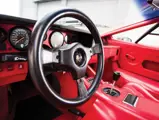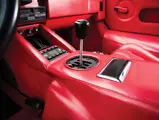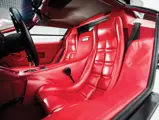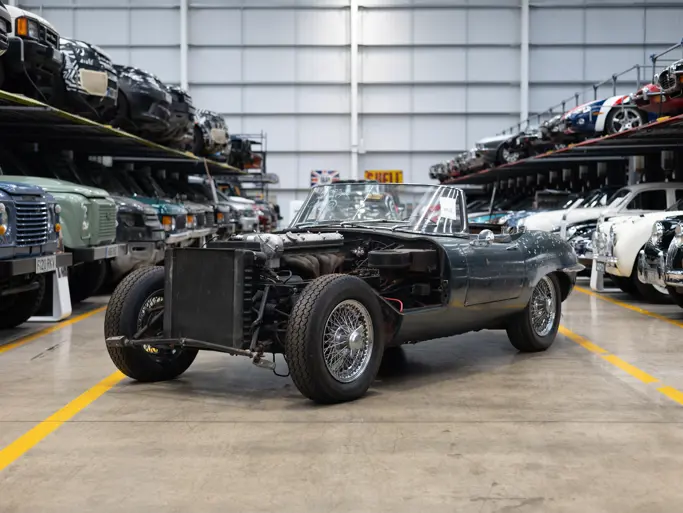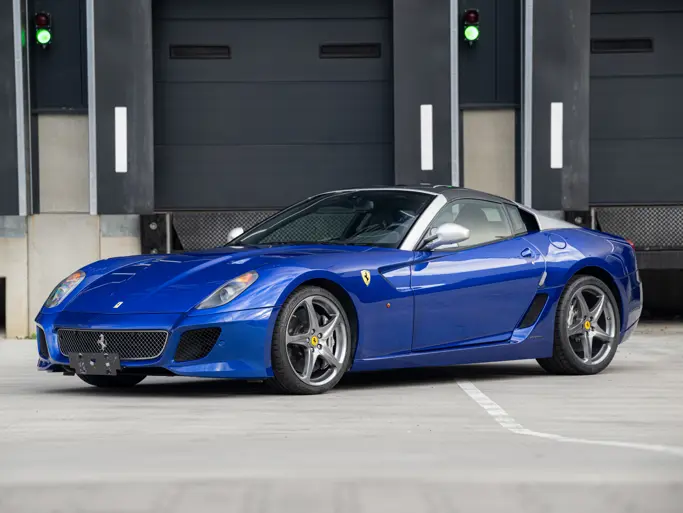420 bhp, 5,167 cc DOHC V-12 engine with Bosch K-Jetronic fuel injection, five-speed manual transmission, front and rear independent suspension with coil springs and telescopic shock absorbers, and four-wheel ventilated disc brakes. Wheelbase: 96.5 in.
Calling the Lamborghini Countach “groundbreaking” would be an understatement. It has been one of the most recognizable cars of its time since leaving the crowd flabbergasted upon its unveiling at the 1971 Geneva Auto Show. The Miura, the predecessor to the Countach, set the industry standard for supercars when it was introduced, and the Countach showed that Lamborghini still had one more trick up its sleeve. Like the Miura, there was nothing on sale at the time that came close to the Countach in terms of visual appeal or overall automotive panache; it was destined to become a future classic.
Marcello Gandini’s angular style typified the design language of the 1980s nearly 10 years in advance. The car was highlighted by its eye-catching, upward-hinged “scissor doors,” and every inch of it was designed with show-stopping visual appeal in mind. For those who could afford it and were looking to stand out from the crowd, it was the perfect automobile, as it was eye-catching and jaw-dropping in every way. While the Countach evolved constantly over the car’s 16-year lifespan, it was always instantly recognizable and just as desirable as the day the cover was lifted off the Geneva show car in 1971.
In March 1985, 14 years after the introduction of the initial Countach, Lamborghini returned to the Geneva Auto Show to introduce the third iteration of the Countach, the QV, which was named for its four valves per head. The car’s V-12 featured an increase in cubic displacement to 5,167 cubic centimeters, and the compression ratio was increased to 9.5:1. This brought horsepower to 420 at 7,000 rpm for the fuel-injected models, increasing power by 45 brake horsepower over the outgoing LP5000 S Countach. Cosmetically, the Countach remained largely unchanged, with the only change being to the rocker panels, where vents were added to extract air for the rear brakes.
The 1988½ model offered here, chassis 12340 features such desirable upgrades as electronic climate control and OEM factory side skirts; according to the consignor, fewer than 50 cars worldwide were produced to these specifications. This particular car was originally delivered in California, later enjoying ownership in Pennsylvania and West Virginia, prior to its acquisition by the current owner. It records a mere 13,759 kilometers (8,549 miles) at the time of cataloguing, and its gleaming Bianco paint and Rosso interior are described as being in superior condition. An RM Sotheby’s specialist who inspected the car notes, “It is in excellent condition and looks like it has many fewer miles!” A clean CARFAX report accompanies the car and verifies that it is an accident-free example.
Dramatic, attractive, and always in demand, a Countach is a requirement of any collection of modern sports cars. This is a fine example indeed.
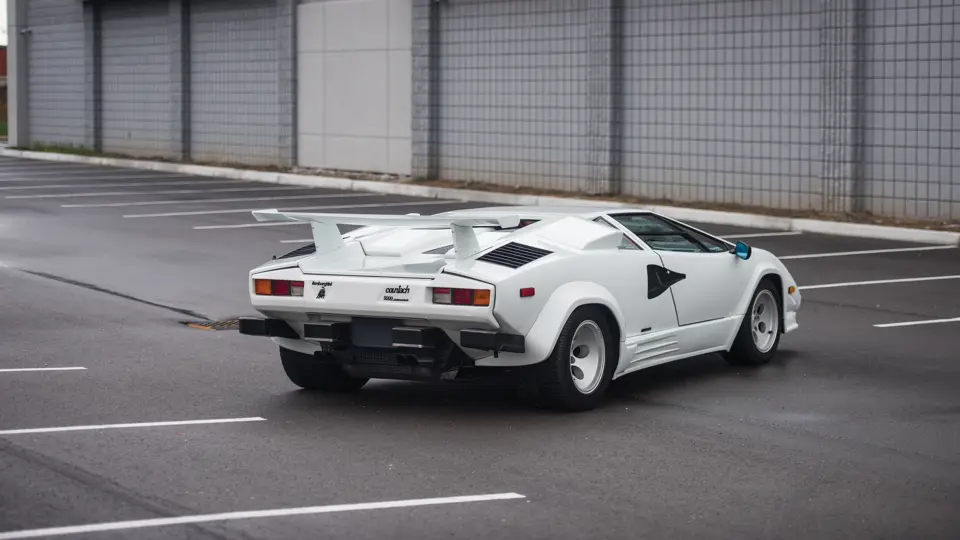




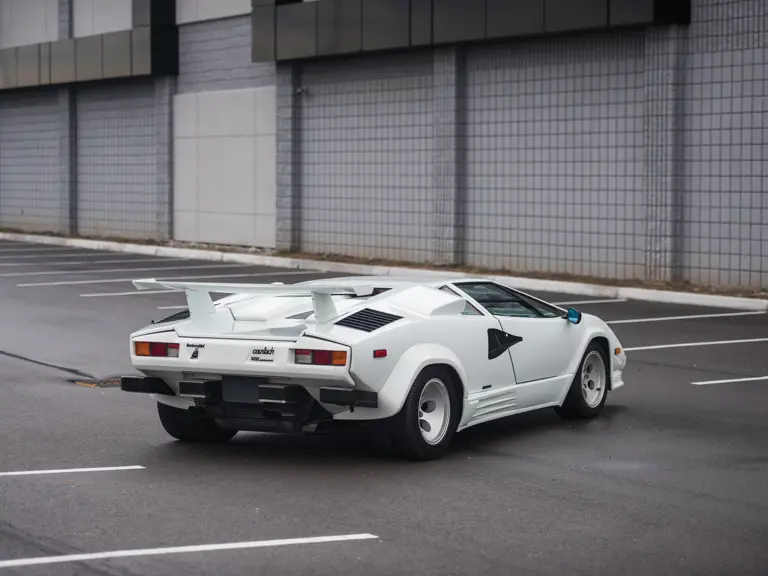
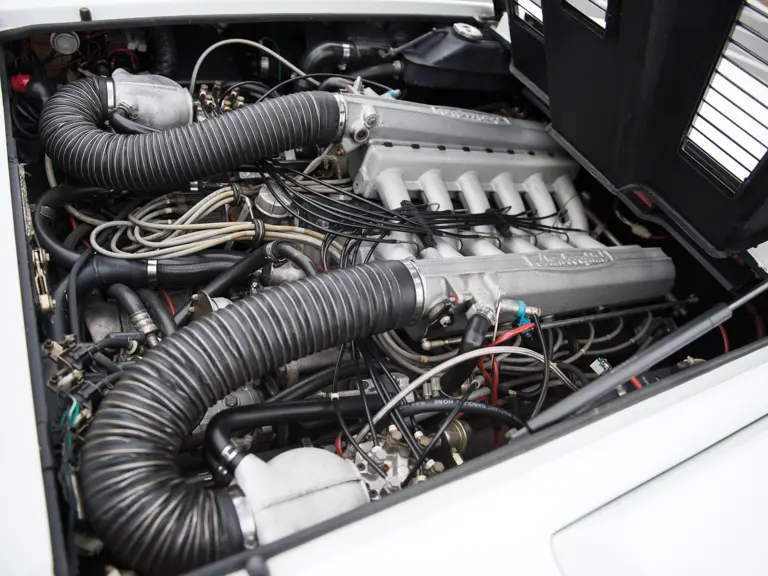
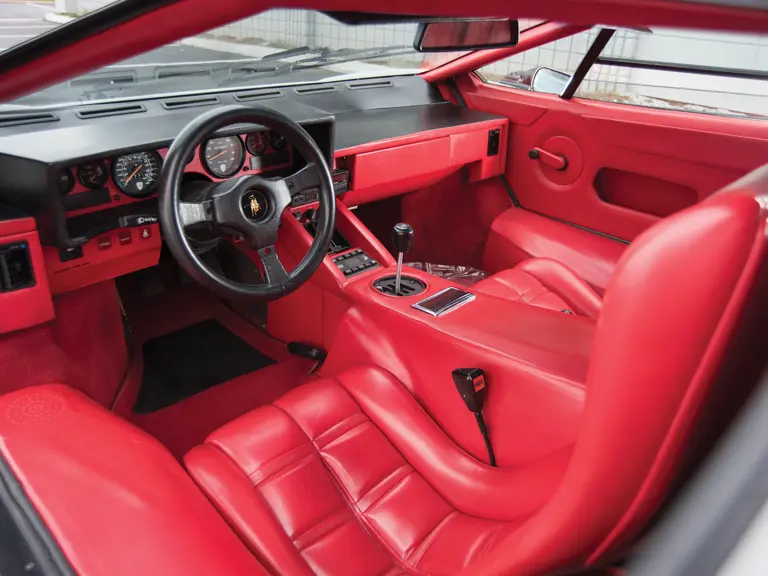
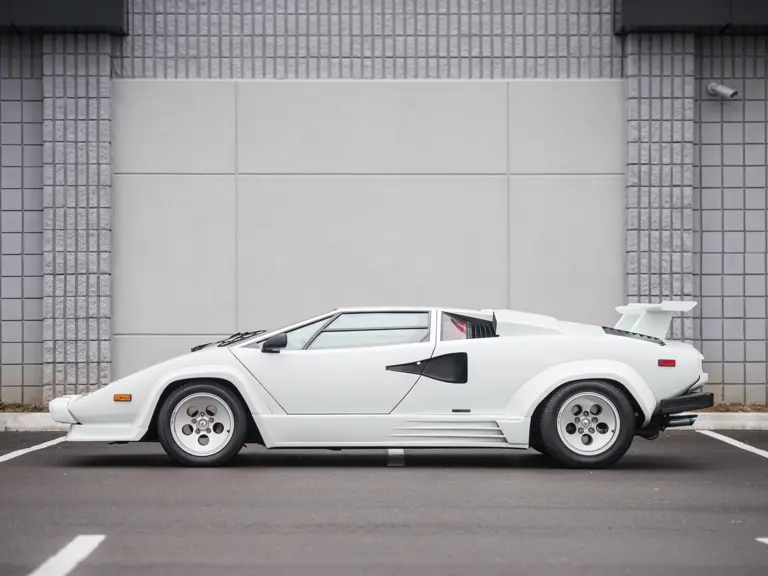
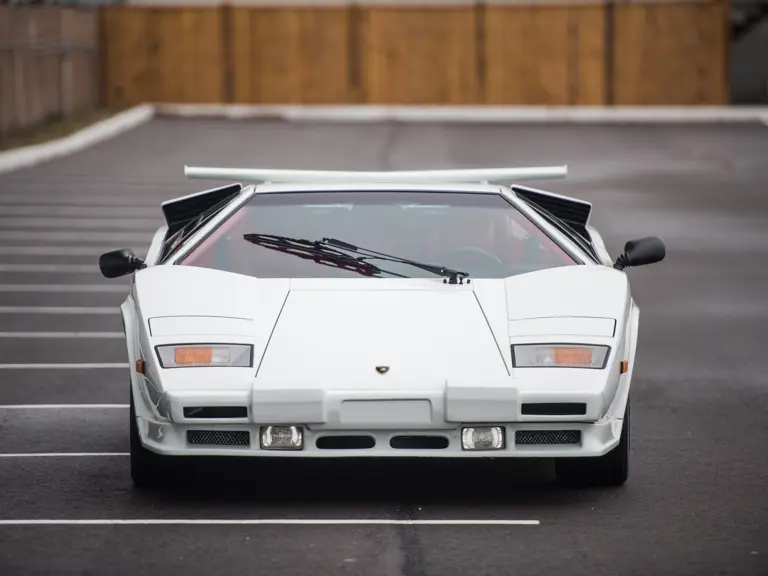
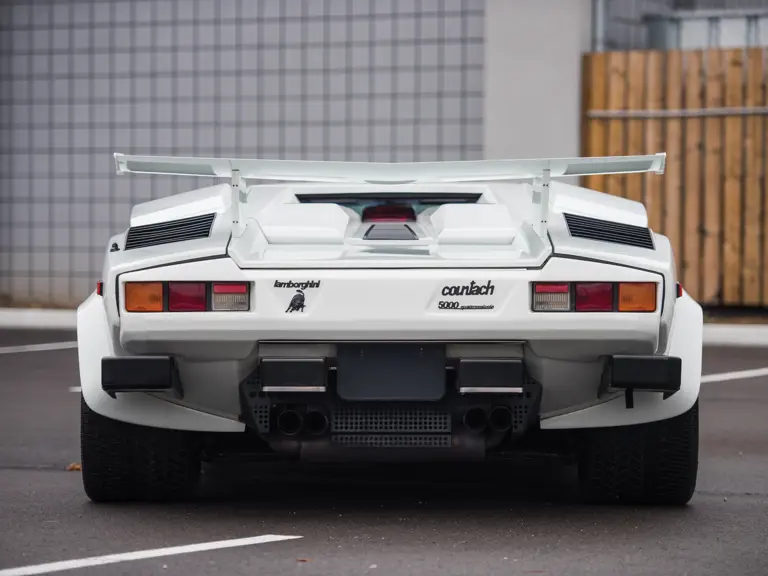
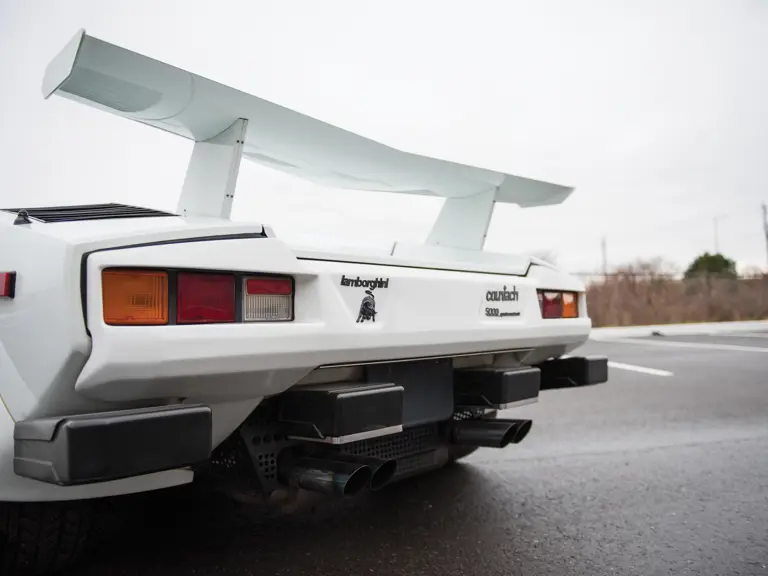
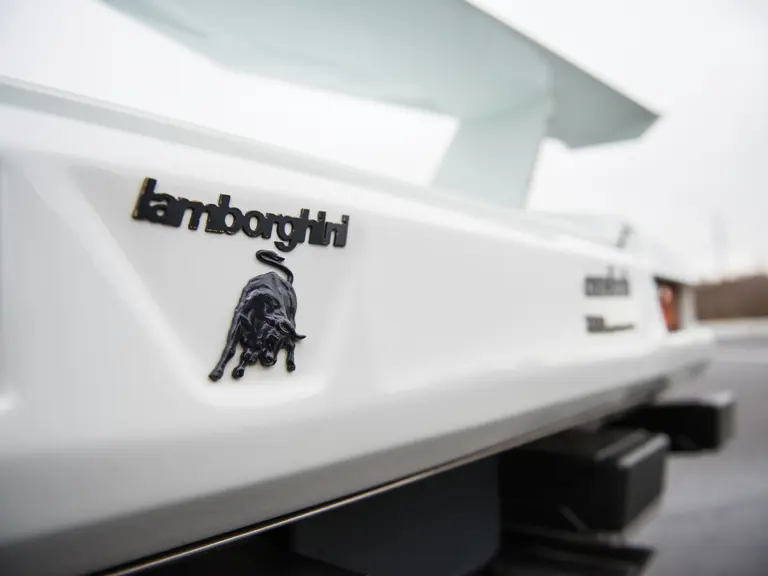

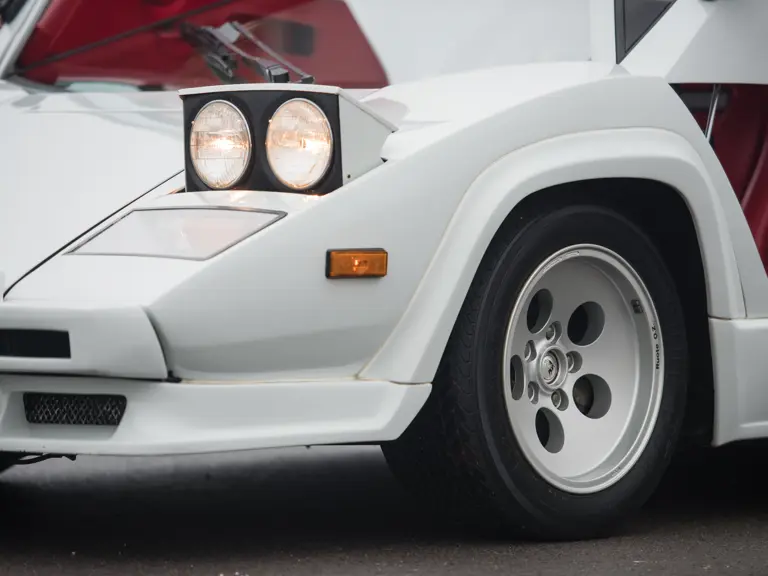
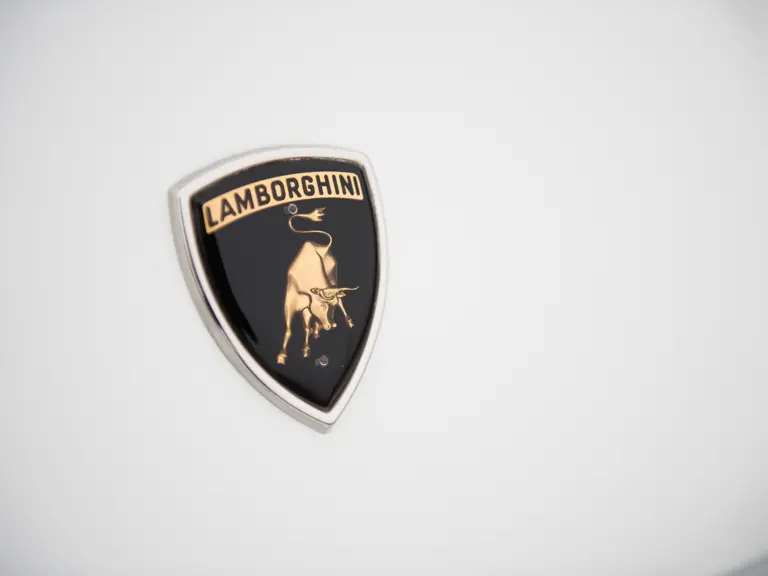



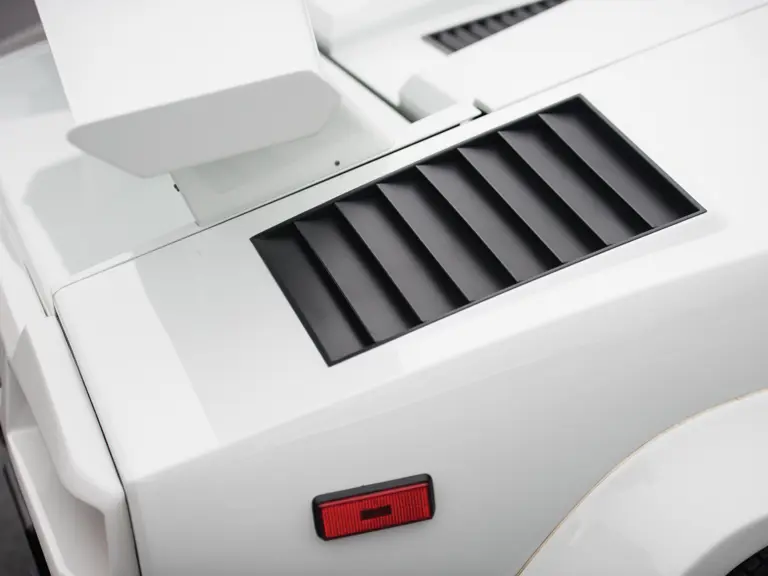

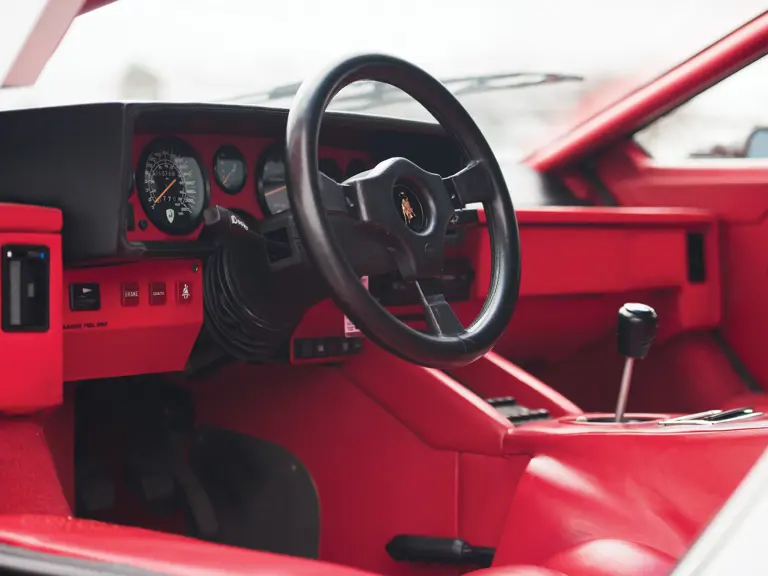
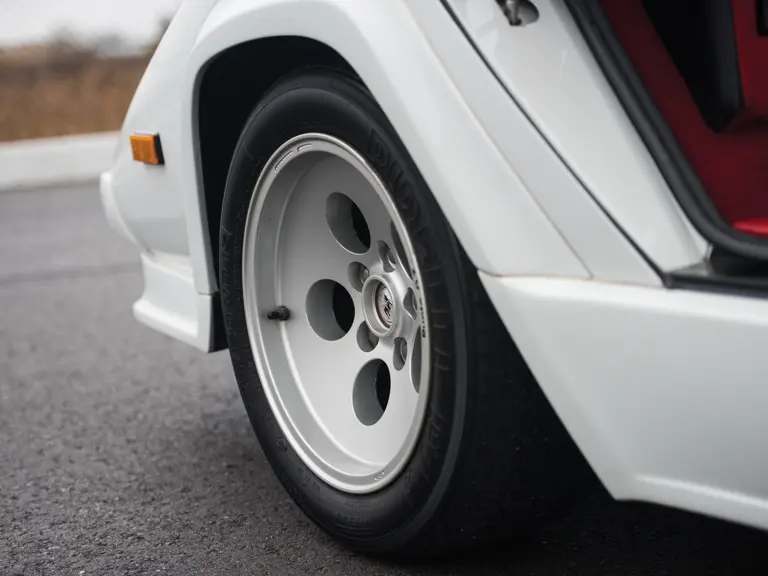
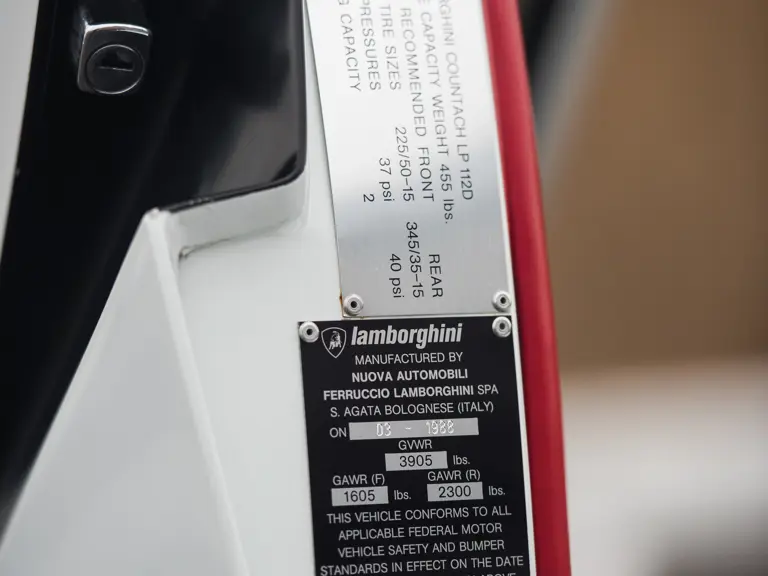
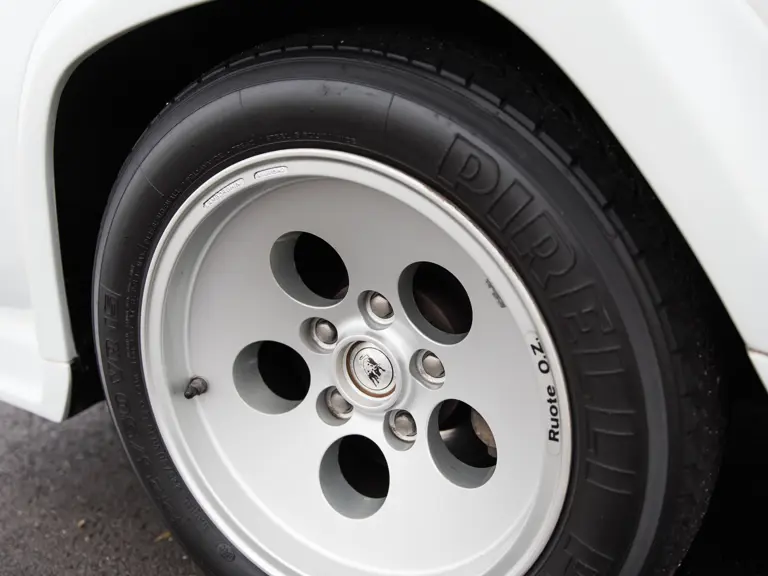
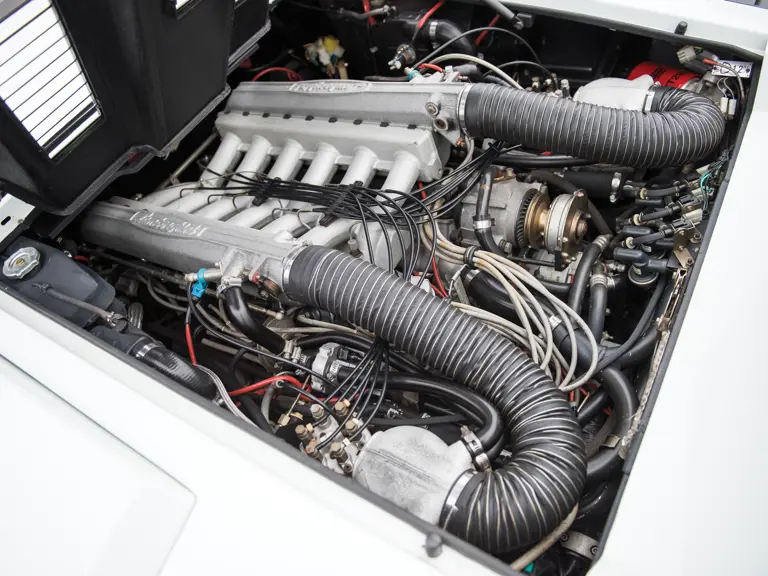


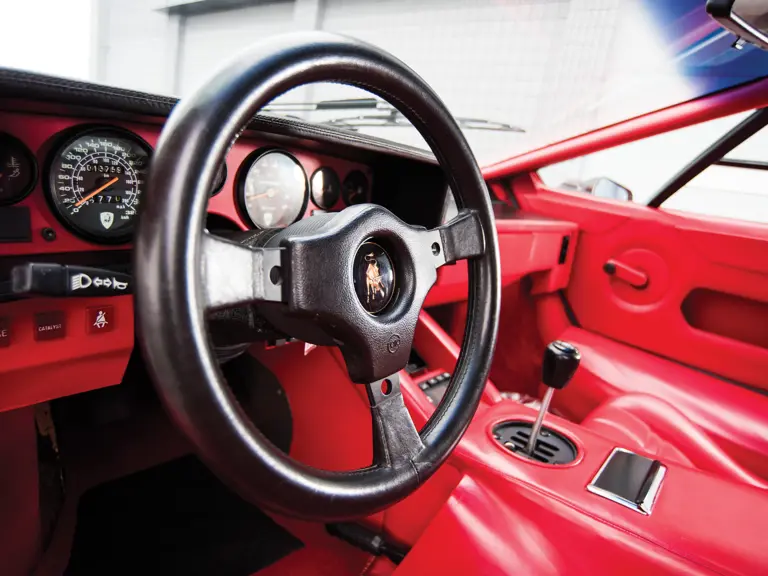

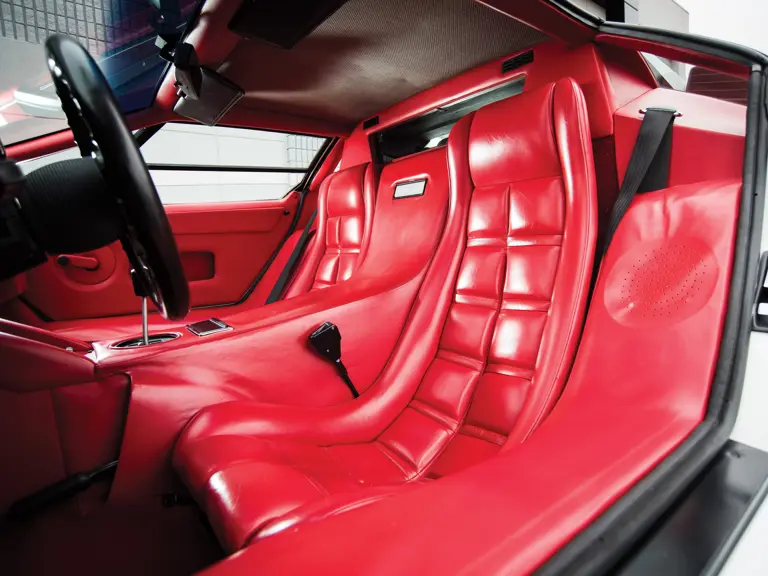
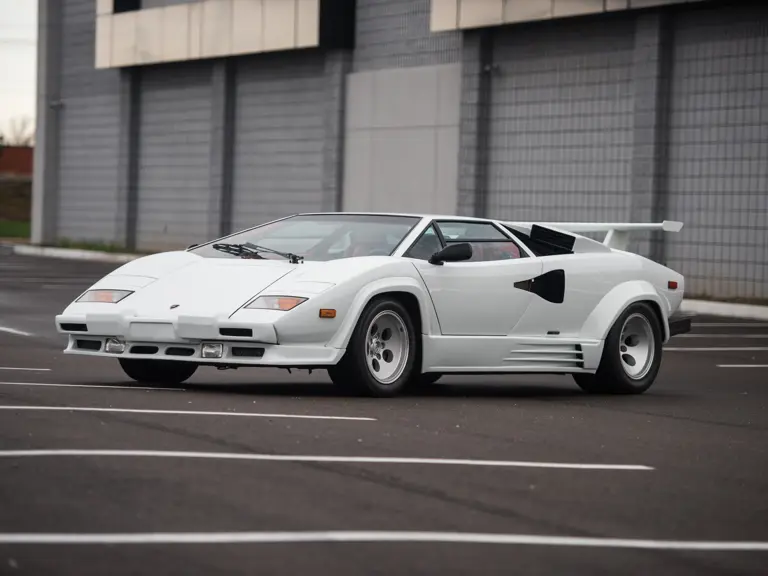
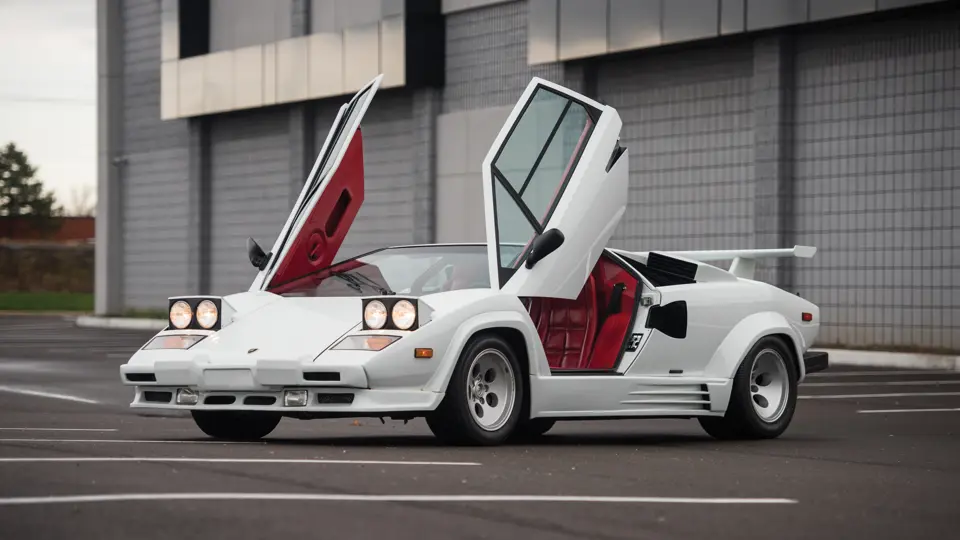
 | Phoenix, Arizona
| Phoenix, Arizona
